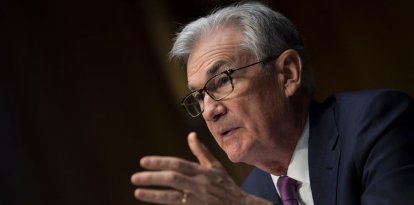Congressional Budget Office: debt ceiling may be reached by July
In ten years, the level of debt is projected to reach post-World War II levels.

(Pexels)
The Congressional Budget Office (CBO) said Wednesday that the national debt could reach $46 trillion by 2033. This would represent 118% of GDP, the highest level ever recorded. It is approaching the levels seen in 1946 following the end of World War II.
This estimate is part of the Budget and Economic Outlook: 2023 to 2033, which the CBO released this week. The agency warned that the debt ceiling could soon be exceeded:
In addition, the nonpartisan office warned of the consequences of the debt limit not being raised or being suspended before all extreme measures are exhausted. This would prevent the federal administration from meeting all of its obligations. The result, the CBO explains, is that "the government would have to delay making payments for some activities, default on its debt obligations, or both."
Three federal trust funds at risk
The CBO expects the deficit to exceed $1.4 billion this fiscal year, and it could stand at "more than double to nearly $2.9 trillion by 2033." What especially worries the
Committee for a Responsible Federal Budget (CRFP) is that three federal funds are at risk. CRFP President Maya MacGuineas concluded that the Highway Trust Fund, Medicare Hospital Insurance and Social Security Old-Age and Survivors Insurance “will be exhausted within the next decade."
























